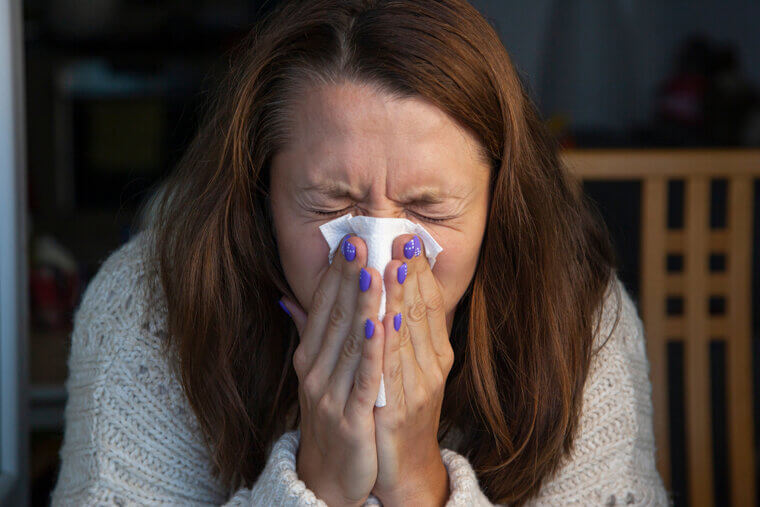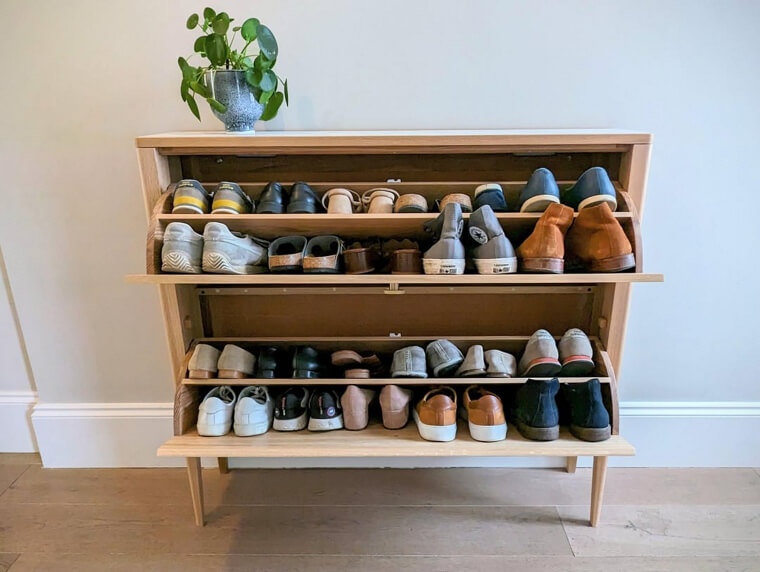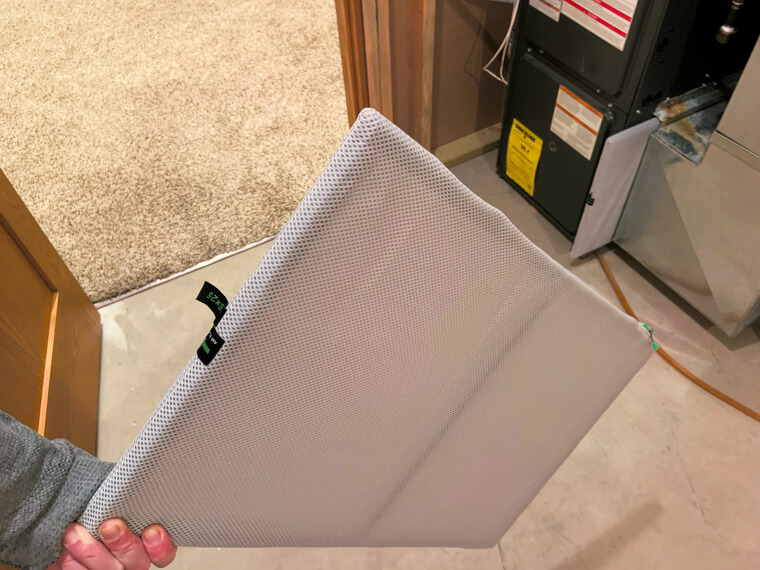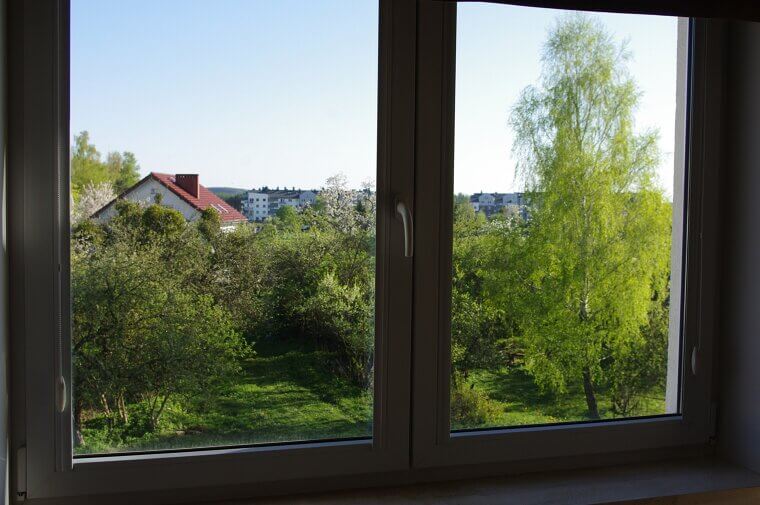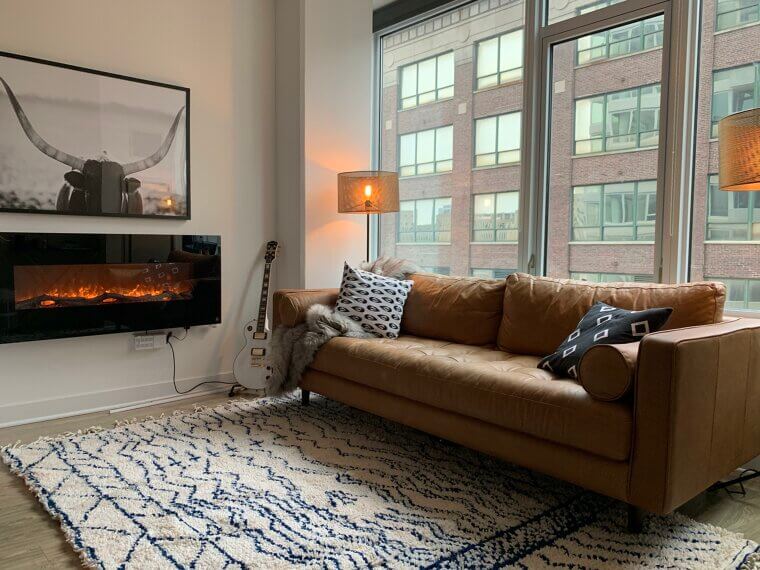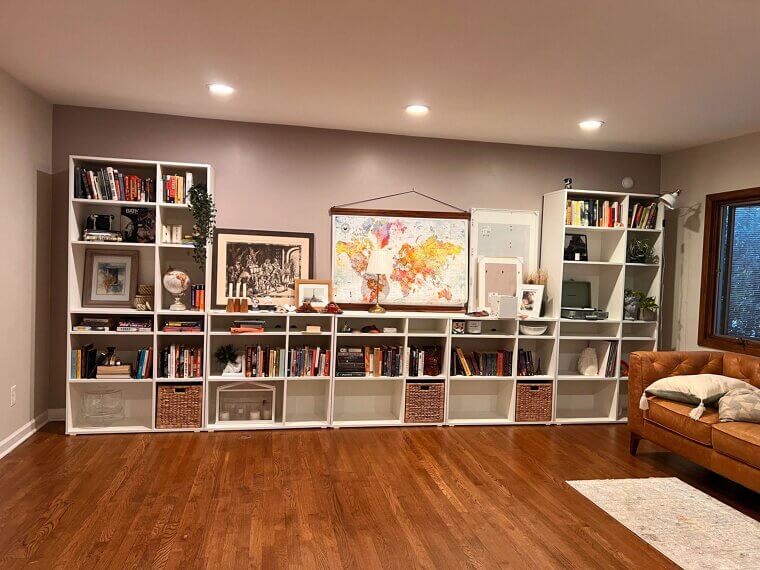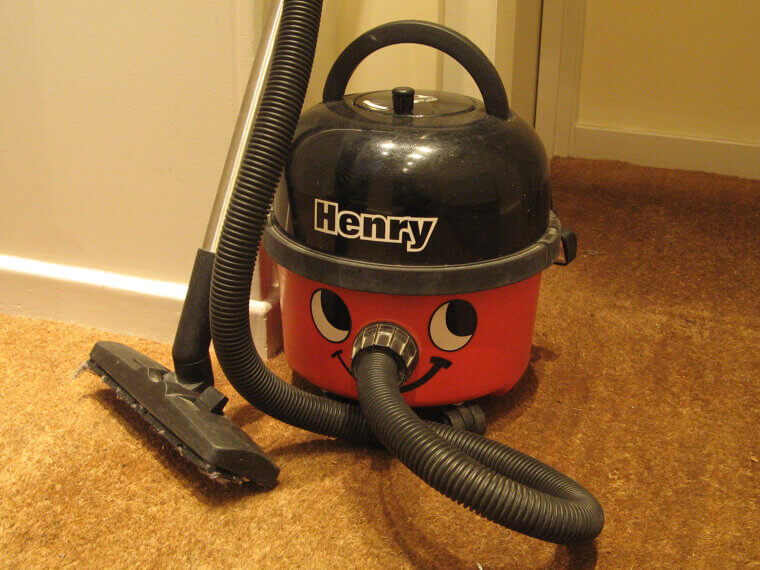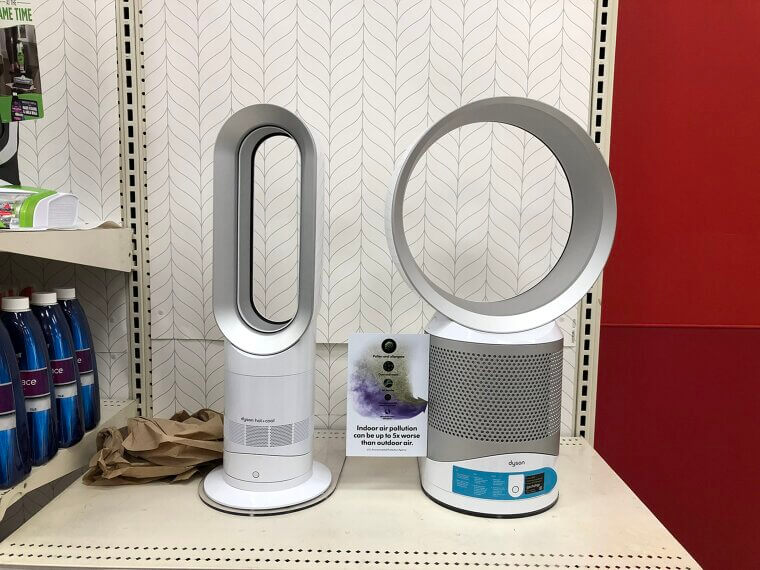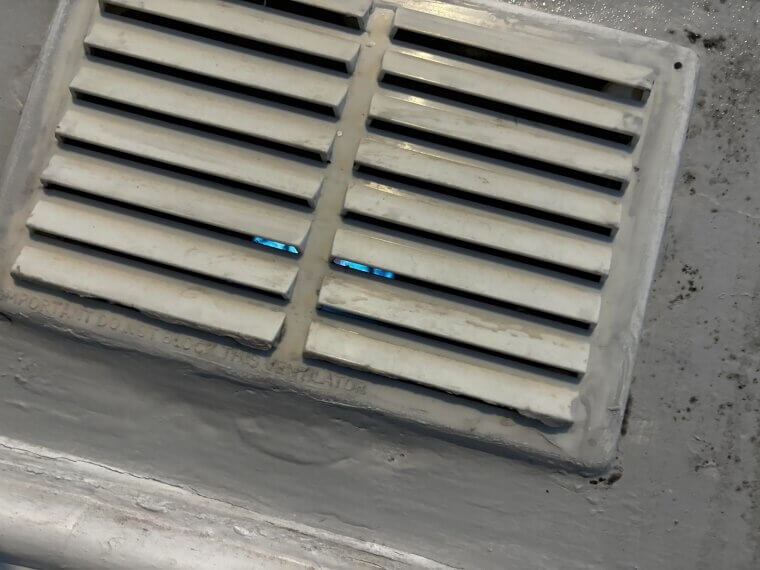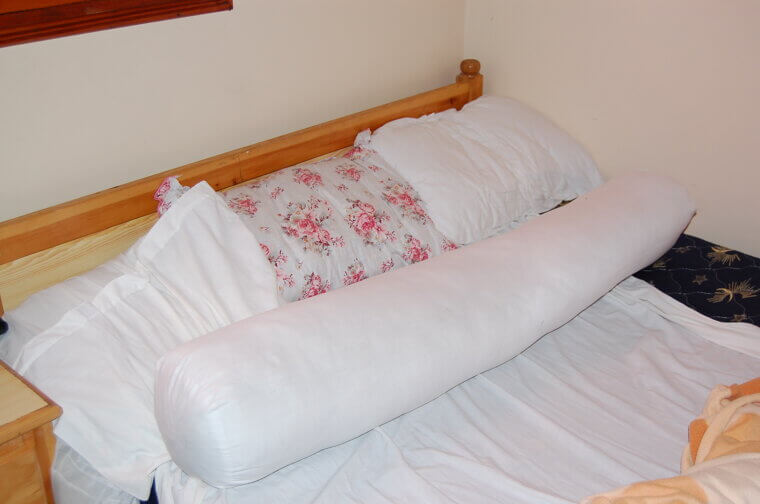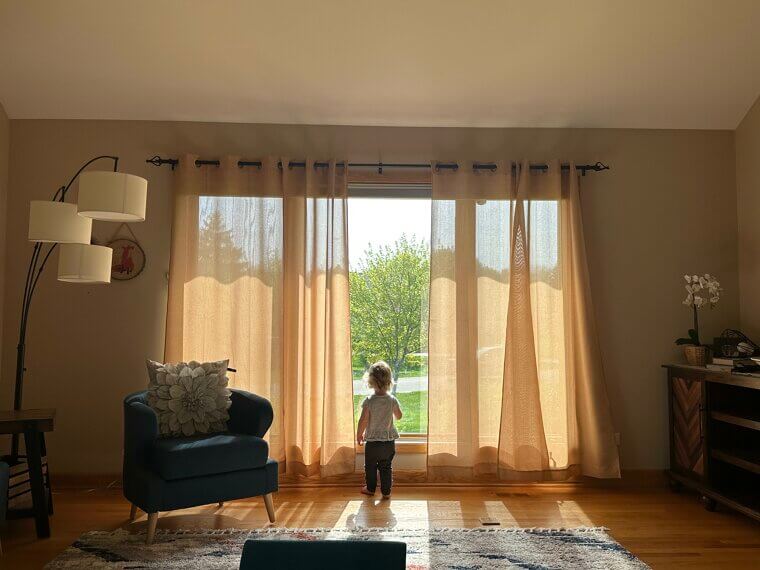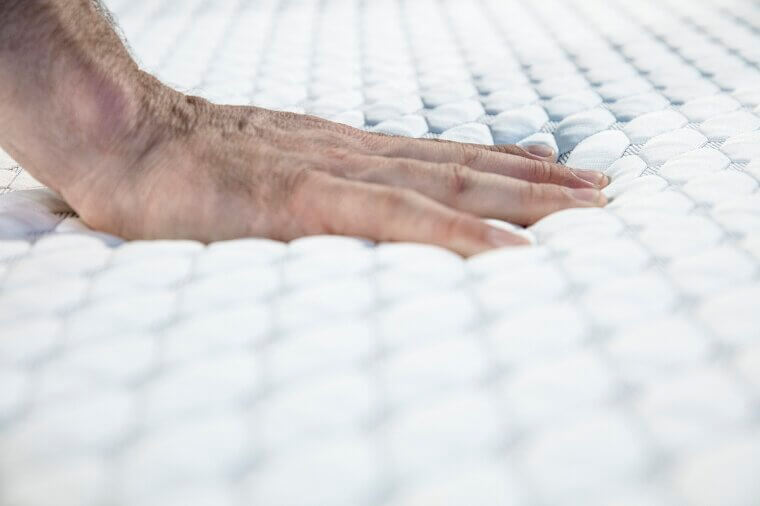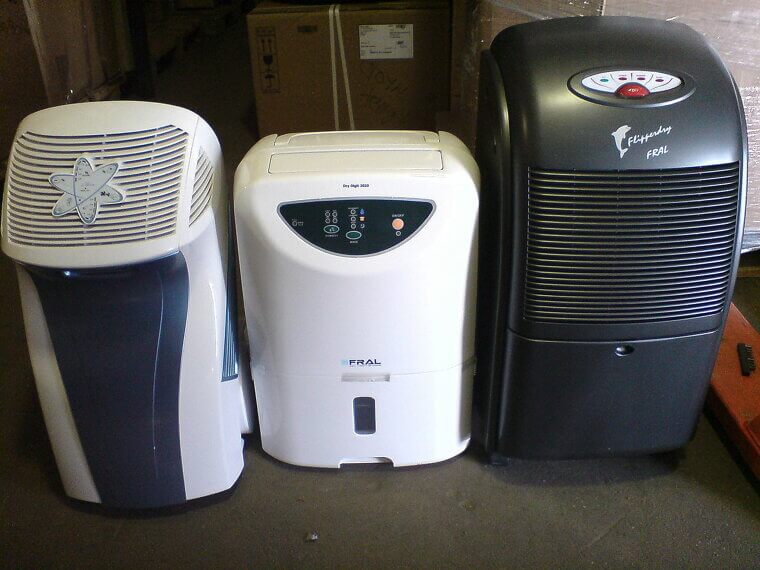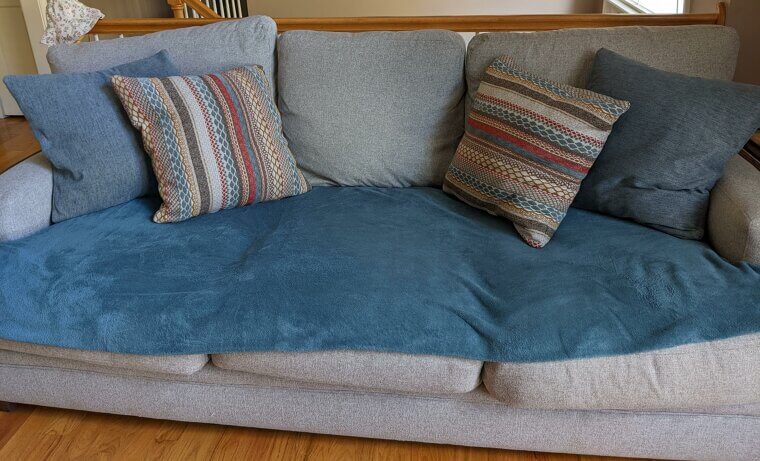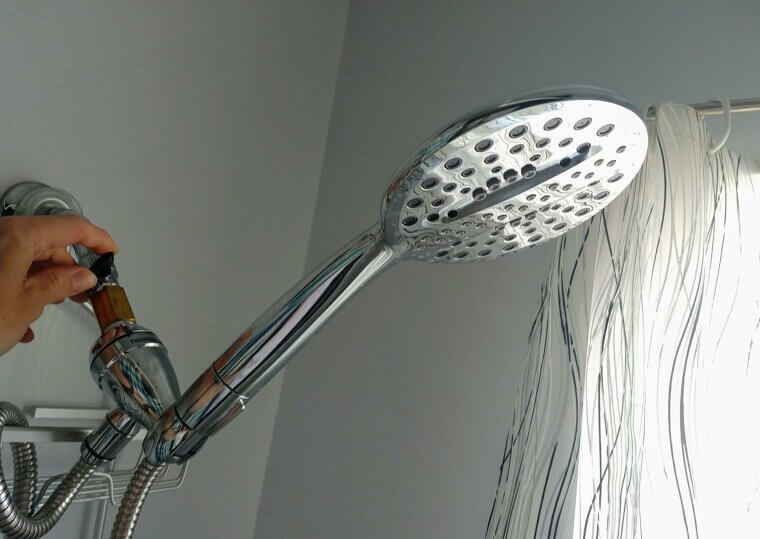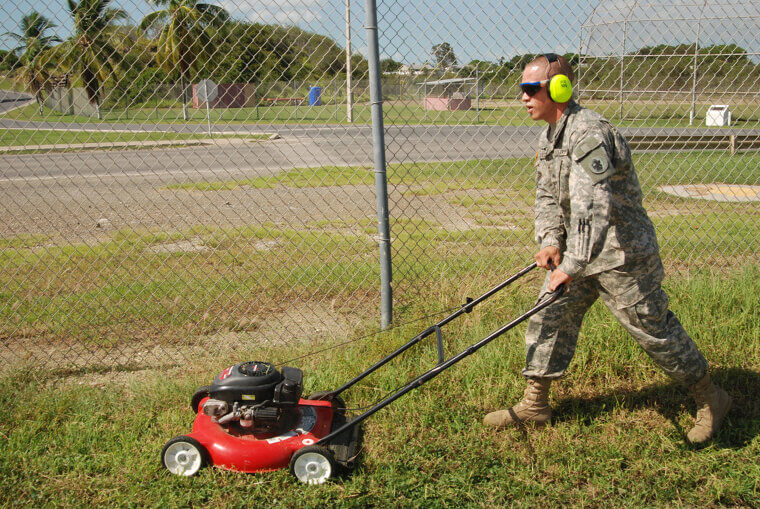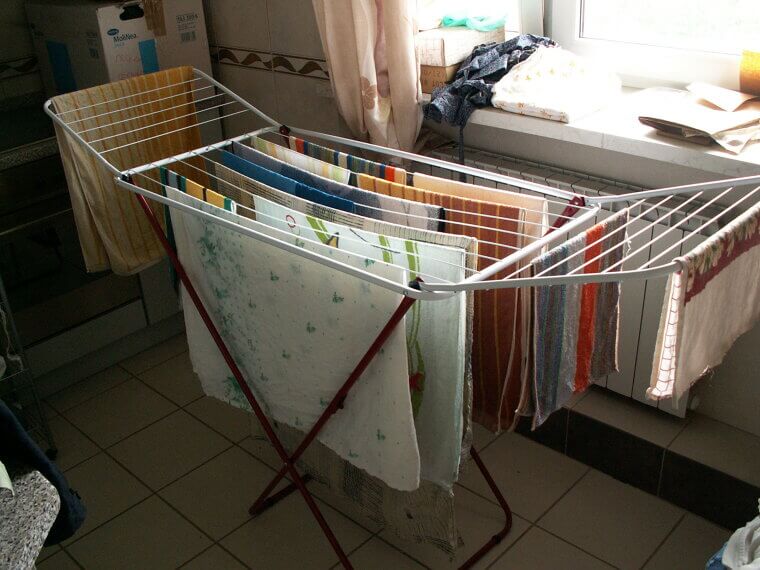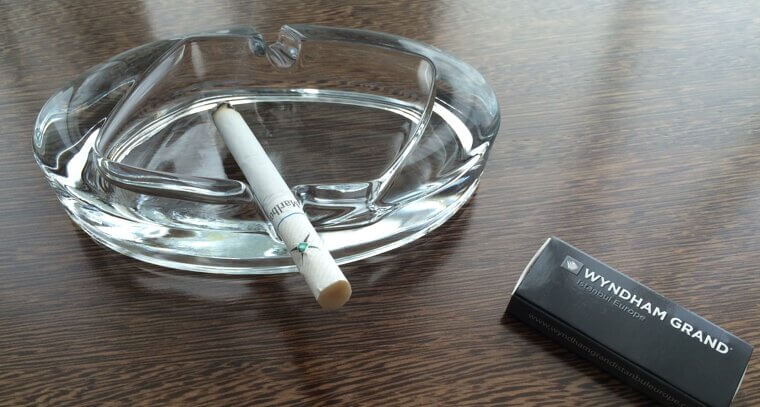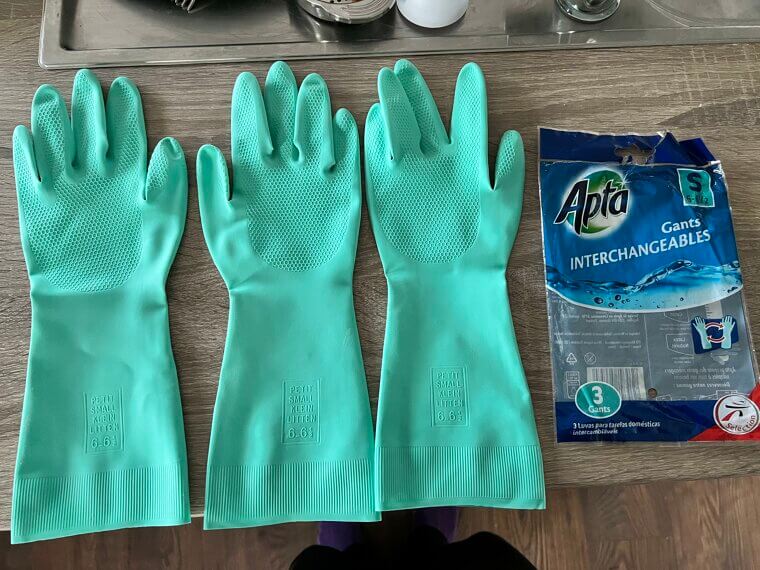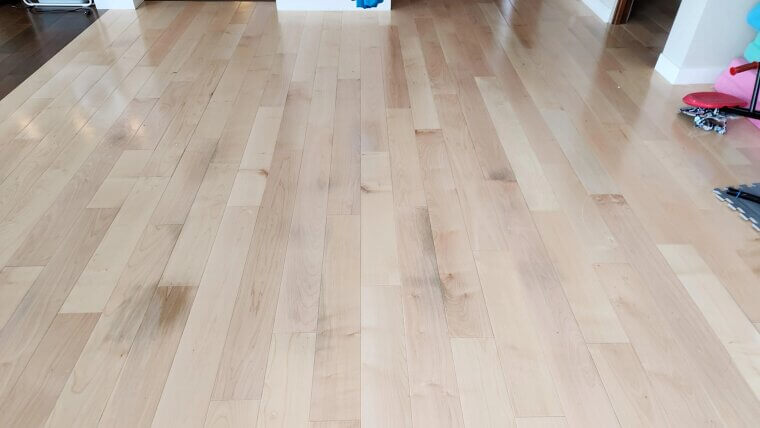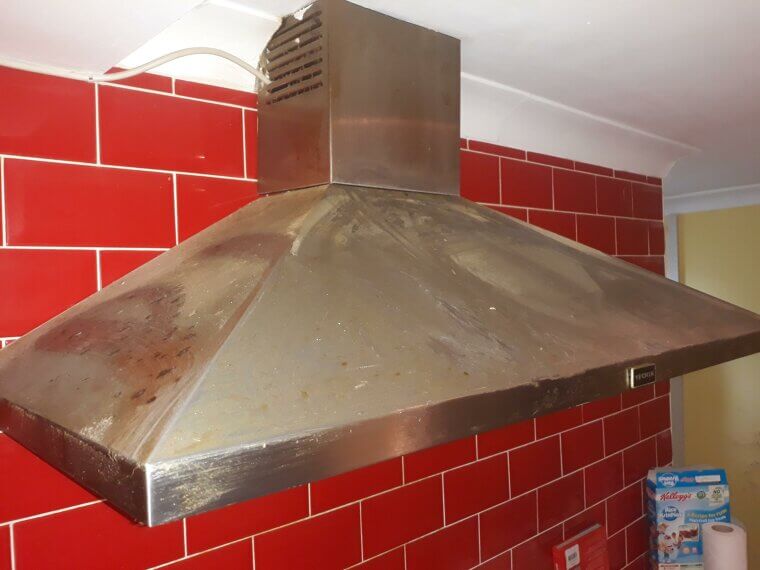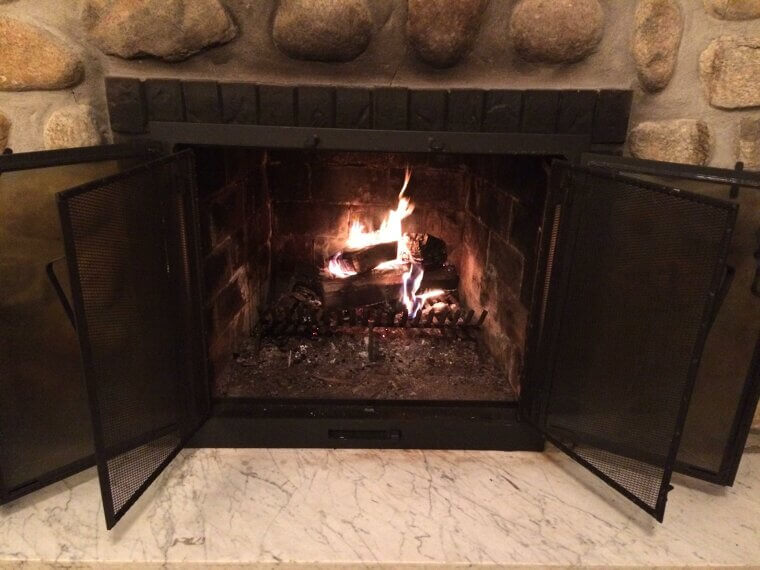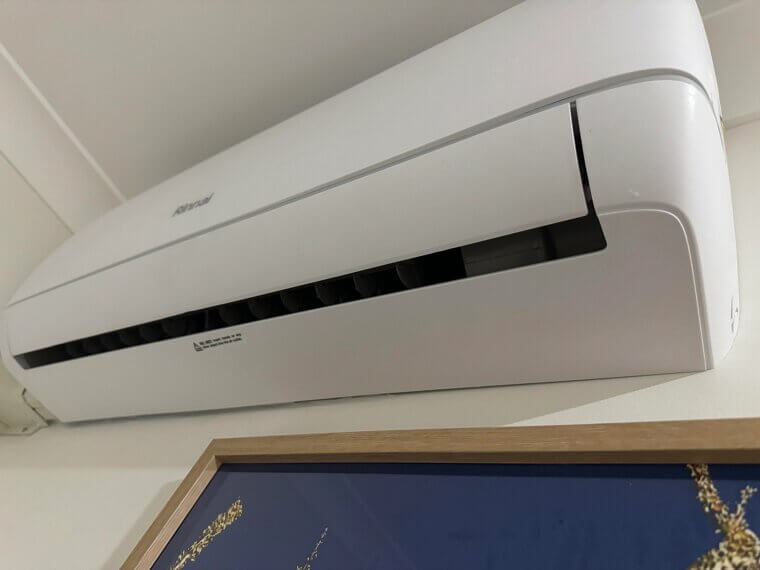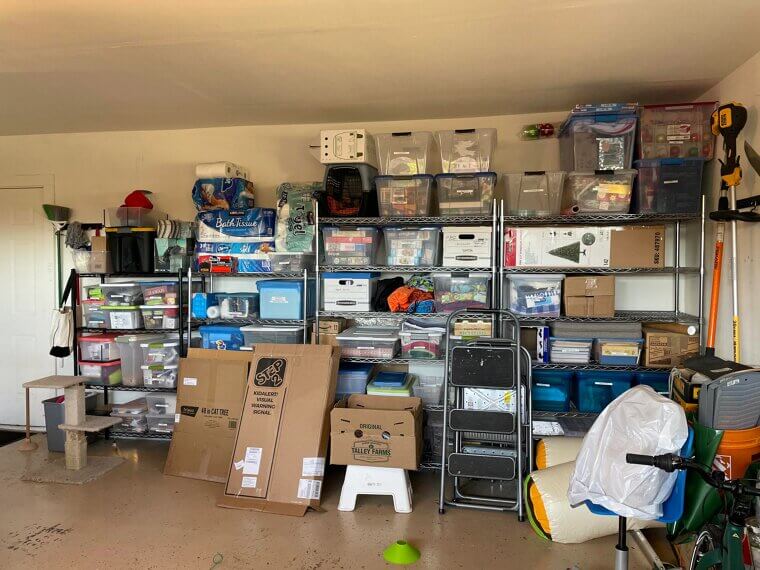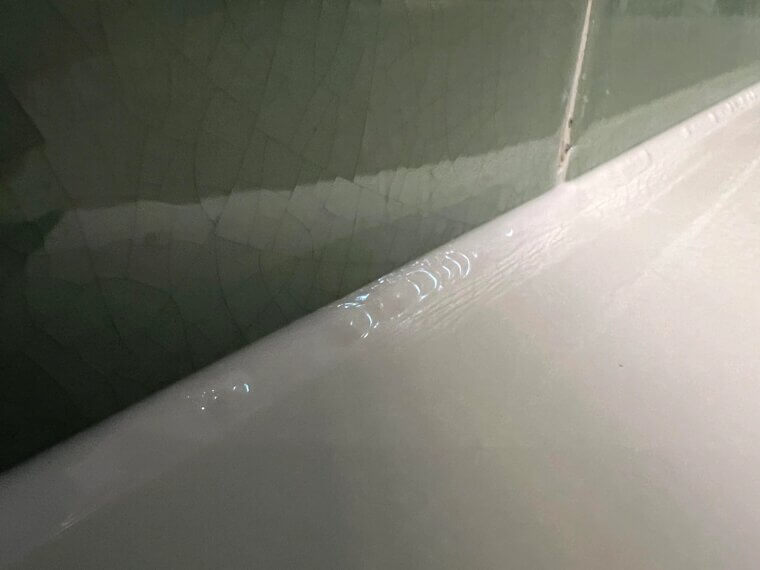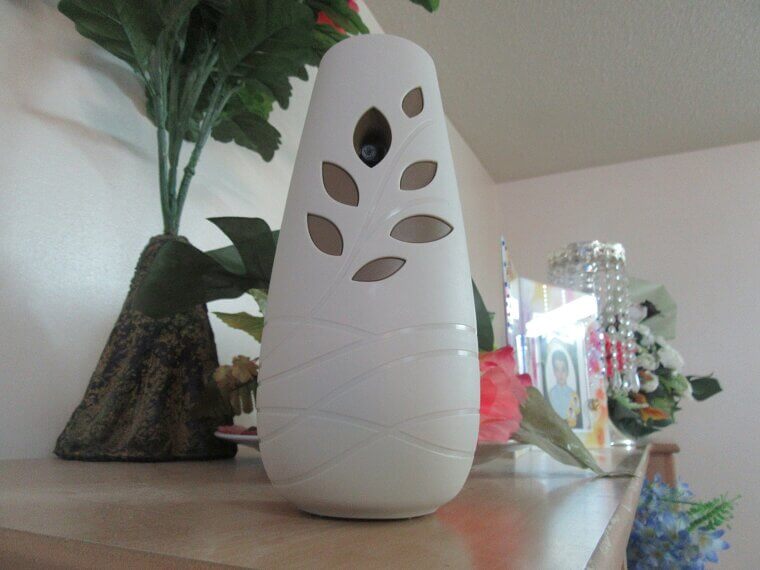Sick of Sneezing?
Spring is finally here, which means longer days, blooming flowers... and for a lot of us, nonstop sneezing. If you deal with seasonal allergies, you already know how miserable they can be. And while you can’t do much about the pollen floating around outside, you can take control of what’s happening inside your home. With just a few simple tweaks, you can cut down on allergens and make your space a lot more comfortable this season. Here’s how to allergy-proof your home this spring - without going overboard.
No Shoes Indoors
Many people have a “no shoes in the house” rule, but it’s especially important for those who want to avoid bringing allergens inside. Shoes can pick up pollen and other germs from grass, then track them into the house and trigger allergies. Having indoor slippers instead of shoes combats this.
Regularly Change Air Filters
Air filters can be put across air conditioning and heating units to prevent any airborne allergens from being circulated around the house. However, if they aren’t changed regularly, they get blocked and become ineffective. They should be changed every 2-3 months for optimal filtration and efficiency.
Keep Windows Closed
Though it’s tempting to open the windows during spring and let fresh air in, this is the easiest way for pollen and other airborne allergens to get inside. These get onto surfaces and make you more likely to breathe them in. Keeping the windows closed and using the AC for cool air is better.
Keep Pets Off the Furniture
We all adore our pets, but any furry friends should be kept off the furniture during allergy season. This is because their fur picks up allergens, especially pollen, and transfers them onto soft furnishings. The dander in animal fur can also pass on allergens that cause sore eyes and congestion.
Remove Rugs
Rugs are a soft furnishing, so airborne allergens and dust can easily get trapped between the fibers. We don’t clean rugs as often as we should, and sometimes vacuuming isn’t enough to fully remove any allergy-triggering particles. Removing rugs from the floors until later on in the year is recommended.
Put Away Display Items
Display items, such as ornaments, books, and artworks, all help to give a house some personality. However, they’re huge dust magnets, and even with daily dusting, allergens can linger and build up on them. Putting at least some of them away to declutter shelves solves this common spring problem.
No House Plants
Unfortunately for plant lovers, house plants can be a huge problem for those with allergies. They accumulate pollen and release it into the air, leading to irritated eyes and congestion, which is particularly bad for those with hay fever. Keeping plants out of the house is the best course of action for spring.
Use a Strong Vacuum Cleaner
There are allergy-specific vacuum cleaners for a reason, so you should have one in your home to keep it clean and pest-free. A strong vacuum will thoroughly collect up allergen particles; then you can empty it to get rid of the dust and pollen straightaway. For best results, vacuum either every day or every other day.
Get an Air Purifier
Air purifiers are designed to remove all pollutants from the air, so they’re the perfect way to allergy-proof a house. They pull in dust, pollen, mold, and pet dander, acting as a filter to leave only the cleanest air behind. This makes it more comfortable for those with allergies to relax and sleep.
Clean Out Ducts and Vents
Ducts and vents act as filtration systems themselves, circulating fresh air around the house and pulling out anything that may trigger allergies or asthma. However, they may become clogged with dirt and dust, which prevents them from working to their full potential. During spring, they should be cleaned out weekly.
Wipe Surfaces Down Daily
We’re told to wipe down surfaces in winter to eradicate germs, and the same is true of allergens in the spring. Kitchen counters, bathroom surfaces, dining tables, and lounge furniture should all be wiped down each day with a wet cloth to purge any remaining allergens from the air.
Wash Bedding Regularly
Bedding is a huge trigger for allergies because the soft materials attract airborne particles, so it’s important to wash bedding regularly during spring. Experts advise washing all sheets, comforters, blankets, and pillowcases in water that is at least 130°F. This keeps them fresh and free of dust mites and allergens.
Clean the Curtains
We often forget that curtains are part of the furnishings because they serve a functional purpose, but they also need to be cleaned. During spring, the air is full of allergens that accumulate on the curtains, especially if you open the windows. Cleaning them once a week clears up this problem.
Use Dust-Resistant Covers
Dust mites feed on pet dander and dead skin, so they’re naturally drawn to textiles. They cause allergies and can also make asthma worse, but it’s impossible to spot them. The easiest way to get rid of them is to put dust-resistant covers on pillows and mattresses to keep them clean.
Buy a Dehumidifier
High humidity is bad for people with allergies because allergens, such as mold, thrive in hot, damp conditions. A dehumidifier makes a huge difference to the air quality inside the home without completely drying it out. The ideal humidity level is between 30% and 50%, which can be set on the dehumidifier.
Take Food Waste Outside
Food waste management is important for recycling, but it’s also a surprising way to reduce the effects of allergies in spring. Mold spores grow on old food, and if they are inhaled, they may worsen symptoms. Bagging up food waste and taking it outside immediately prevents this from happening inside.
Bathe and Brush Pets
Pets carry allergens all over the home on their fur, but there’s an easy solution: bathe and brush them regularly. As much as they dislike it, keeping pet fur clean and well-groomed is the easiest way to reduce dander and expel irritating pollen. It’s most effective when done once or twice per week.
Avoid Soft Furnishings
Though it’s not possible to get rid of all soft furnishings in a house, you should avoid putting too many out during peak allergy season. Towels, blankets, throw cushions and throw blankets, table runners, and doormats are all soft furnishings that should be put away to prevent allergens from latching onto them and spreading.
Take Regular Hot Showers
Hot showers have several benefits, but they’re also a good way to allergy-proof your home. Regular hot showers remove outdoor dirt, pollen, and pests from the skin and hair, stopping them from spreading into the air when the person walks around the house. The steam can also soothe the sinuses and tear ducts.
Avoid Lawn Mowing
Grass is full of pollen, so avoiding the lawn entirely is the best way to avoid triggering grass allergies and hay fever. Lawn mowing drags pollen up into the air where it can cling onto clothes and hair. If the lawn must be mowed, get somebody with no allergies to do it.
Air Out Laundry
Wet laundry is a breeding ground for dust mites and mold, which can trigger allergies and also create a bad odor. As soon as laundry has been washed, it must be aired out, either outside or in a well-ventilated room, to get rid of the moisture and kill off dust mites and mold.
Change Clothes Indoors
Even when they look clean, our clothes can house thousands of dust, dirt, and pollen particles, transferring them inside the house. It’s a good idea to change clothes as soon as you get home and put the outdoor clothes into the laundry basket for washing. This preserves interior air.
Don’t Smoke Inside
Smoking indoors is known to be bad for asthma, but did you know it’s also a trigger for other allergies? Tobacco can increase the body’s sensitivity to allergens when inhaled, and trapping cigarette smoke indoors compromises the cleanliness and circulation of fresh air inside the house.
Wear Gloves While Cleaning
Gloves help to protect your hands from chemicals, but they can also shield the skin from any allergens lingering on surfaces and items. Whether it’s wiping down surfaces, laundering linens, or stripping bedsheets, allergens can get onto your hands and trigger allergies, especially if you touch your face. Gloves prevent this.
Choose Hard Floors
While carpets feel nice underfoot, they’re the worst type of flooring for those with allergies. The fibers trap pollen, pet fur, and dust, making them more likely to be inhaled and trigger allergy symptoms. Hard floors, such as wood or tiles, don’t present this problem, so they’re better for fighting allergies.
Use an Extractor Fan
Steam is another lesser-known allergy trigger because it creates a moist environment where allergens thrive. Extractor fans target steam and pull it from the room, subsequently removing any present allergens at the same time. This is especially important during cooking, when allergenic food particles may be circulated.
Clean the Refrigerator
Bacteria love food, and even refrigerated food isn’t safe from becoming moldy. Fridges need to be cleaned at least once to prevent the buildup of mold, mites, and other potentially harmful bacteria. This also gets rid of any other airborne allergens that may have gotten inside the refrigerator.
Replace Old Mattresses
On average, mattresses should be changed every six to eight years, but you’ll really notice the difference during allergy season. Old mattresses accumulate untold amounts of dander and dust, providing the perfect breeding ground for dust mites. A new mattress will fix this nighttime issue and make spring more comfortable.
Don’t Use Indoor Fireplaces
While electric fireplaces are fine to use during spring, it’s not advisable to burn logs if you have allergies. These significantly dry out the air inside the house, irritating eyes and nostrils, and making allergy symptoms worse. Too much heat can also contribute to excessive humidity in the air.
Put Away Kids’ Toys
Like other items, kids’ toys attract dust when they’re left out. Soft toys, like teddy bears, are also prime settling spots for pollen particles, which may then trigger allergies in children and their parents. Putting the toys away creates a clean, decluttered space with fewer surfaces for allergens.
Keep It Cool
While it’s better to keep the windows shut, you should still aim to keep your home cool this spring to reduce allergy symptoms. AC is a blessing, especially with high-quality filters that keep the air crisp, cool, and free of airborne allergens. Cool air is far less humid, making it unlikely to trigger seasonal allergies.
Maximize Storage Space
Storage space is crucial when it comes to allergy-proofing a house. Whenever anything is taken out of storage, it risks attracting allergenic particles that can’t be seen. This makes it impossible to know what is causing the symptoms, but storing items away properly removes that problem.
Seal Up Cracks
Even with the windows and doors closed, pests and pollen can still make their way inside. Any cracks to a building’s exterior must be sealed up to stop allergens from slipping through and compromising the interior air. Any good sealant should do the trick, firmly separating the indoors from the outdoors.
Avoid Air Fresheners
While air fresheners seem perfect for a fresh spring, they should be avoided in the home if you have allergies. Any artificial fragrances being propelled into the air can aggravate symptoms, especially those that are related to the nose. For optimal allergy comfort, you simply need clean air.
Do the Dishes
Dirty dishes aren’t just a nuisance; they also contribute to allergy symptoms! Used dishes can harbor allergens, especially those that prompt mold growth on old food. Though this doesn’t happen instantly, it’s best to do the dishes as soon as possible to eradicate these potential allergy triggers.

